
Pin by Donald McKelvy on Pirate Man of war, Sailing ships, Jackdaw
The Portuguese man o' war ( Physalia physalis ), also known as the man-of-war, [6] is a marine hydrozoan found in the Atlantic Ocean and the Indian Ocean. It is considered to be the same species as the Pacific man o' war or bluebottle, which is found mainly in the Pacific Ocean. [7] The Portuguese man o' war is the only species in the genus.
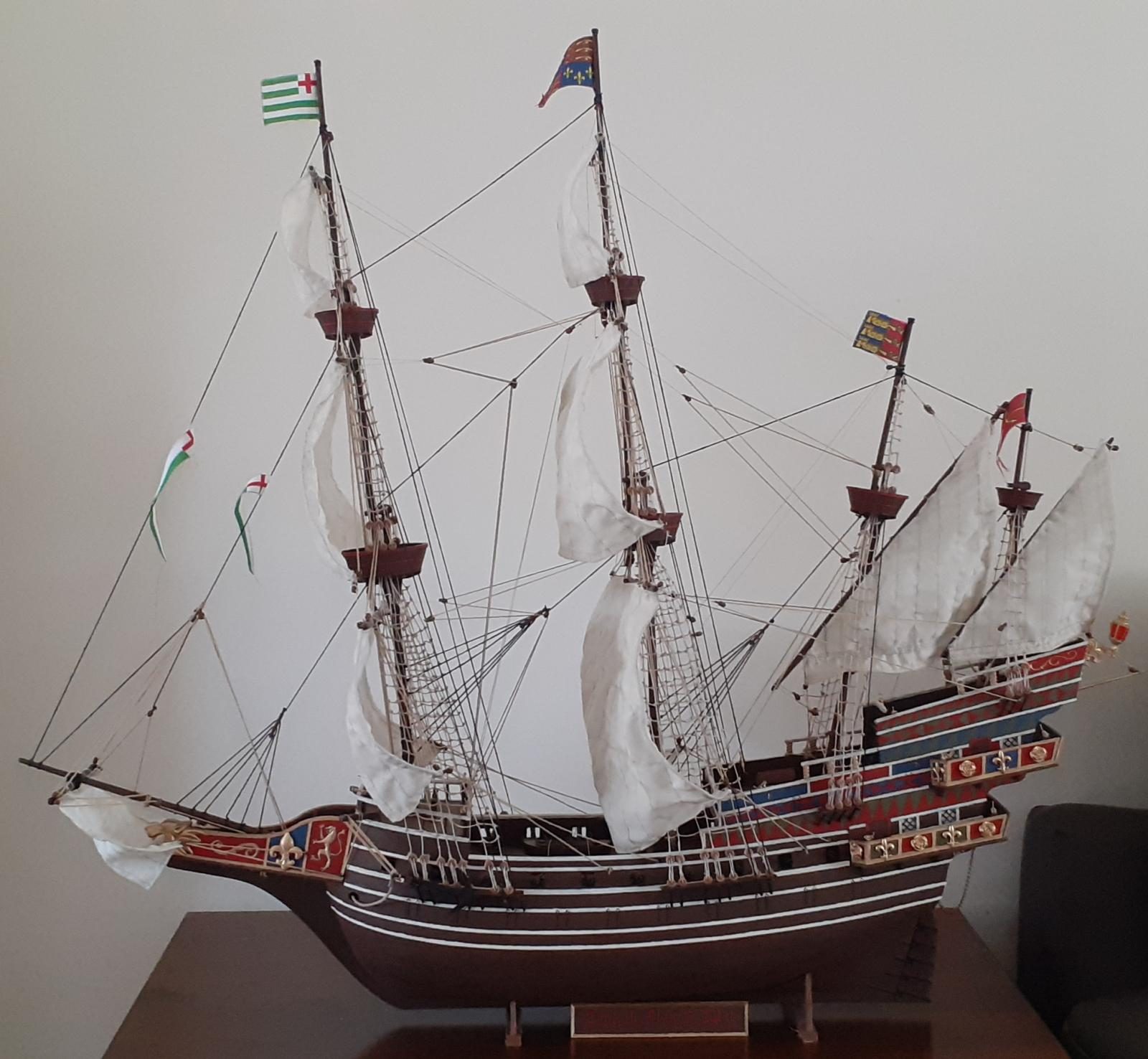
"English Man O'war" Queen's Flagship 196 1/96 Revell iModeler
This man-of-war carried two huge 68-pounder (31 kg) carronades. Unlike the lower and middle decks, this deck was open to the weather in the middle. Three of the man-of-war's small boats sat on cradles attached to the beams which crossed over the open space. It was armed with the 24-pounder guns - 15 along each side!

Man Of War Ship Wallpaper WALLPAPERSH
The name Portuguese man o' war probably refers to a naval ship. In the Age of Sail, many European navies used tall warships loaded with cannons and propelled by the wind. British sailors took to.
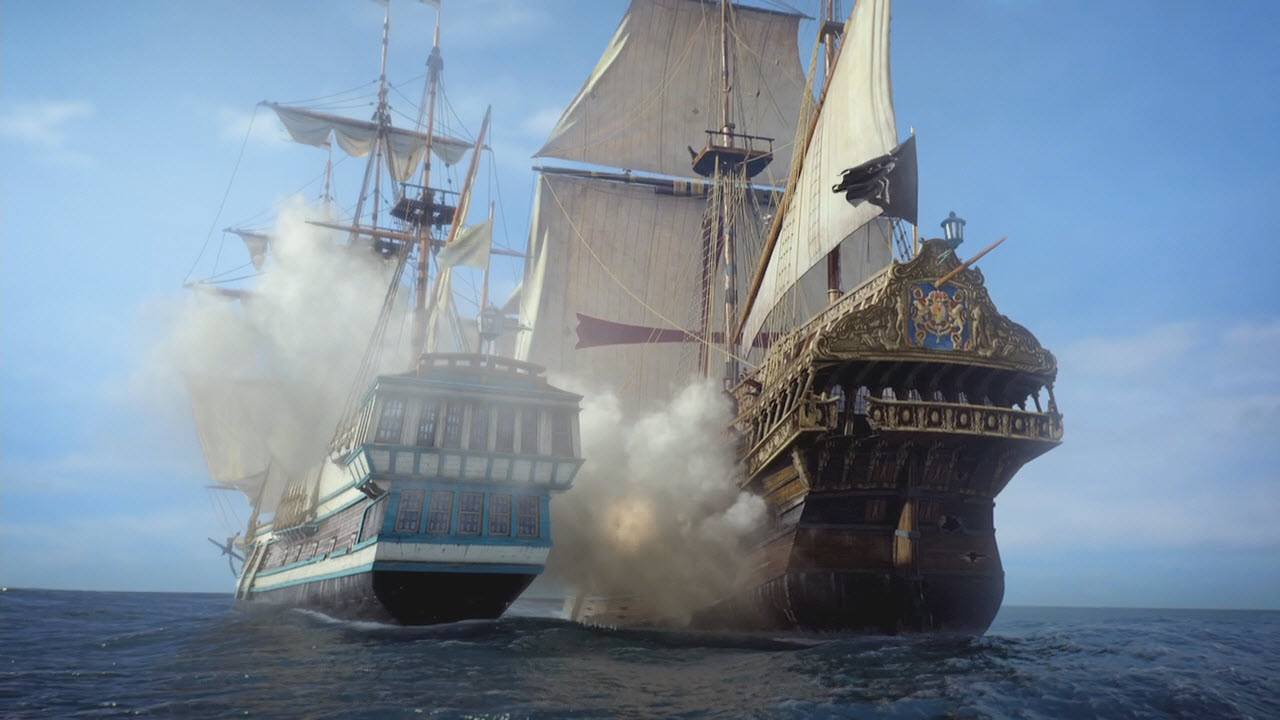
BLACK SAILS Man O War Clip Hits For Season 2 Box Set Movie TV Tech Geeks News
Not all Man of War's have such impressive appendages, though. The average tentacle length is about 30 feet. They get their name from historical ships. The Portuguese Man O'War's inflated pneumatophore resembles the sail of a 18th-century Portuguese warship, which is where it got its unique name! The pneumatophore is typically a.

British man of war with ship's boats astern Royal Museums Greenwich
In Royal Navy jargon, a man-of-war (also man-o'-war, or simply man) [1] [2] was a powerful warship or frigate of the 16th to the 19th century. Although the term never acquired a specific meaning, it was usually reserved for a ship armed with cannon and propelled primarily by sails, as opposed to a galley which is propelled primarily by oars .

British Man Of War Ship Hierarchy « The Best 10+ Battleship games
A Dutch man-of-war firing a salute. The Cannon Shot, painting by Willem van de Velde the Younger.. In Royal Navy jargon, a man-of-war (also man-o'-war, or simply man) was a powerful warship or frigate of the 16th to the 19th century, that was frequently used in Europe. Although the term never acquired a specific meaning, it was usually reserved for a sailing ship armed with cannon.

British Man Of War Ship Hierarchy « The Best 10+ Battleship games
Ships of the line, first to fourth rates, had strong, fast frigates as consorts. This ancestor of the modern cruiser evolved during the mid-18th century for scouting, patrol, and escort, as well as for attacking enemy merchantmen. The frigate carried its main battery on a single gun deck, with other guns on forecastle and quarterdeck. Like ships of the line, they varied in size and armament.
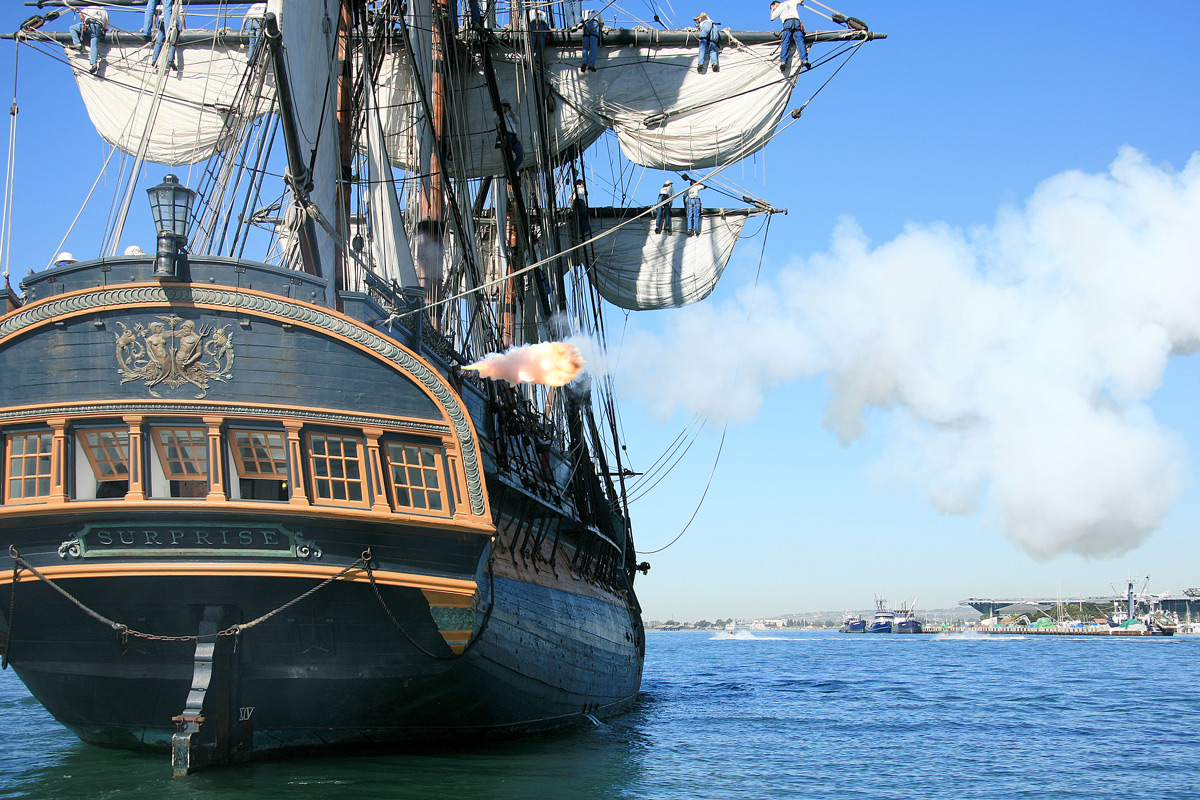
ManOfWar Maritime Museum of San Diego
The HMS Culloden—a big British Man o' War, nearly 200 feet long and packing 74 guns in three rows along each side-wrecked at Wills Point in Montauk.. For a while, the 560-man crew members remained onboard the ship in the hopes she'd be gotten off—and also to keep warm. But soon the captain ordered a big complement of his sailors to.

ManofWar Class Ship Action in Immoren Obsidian Portal
Interesting Portuguese Man o' War Facts. 1. It's named after a dangerous ship. Between the 16 th and 19 th centuries, when humanity spent the most time blowing each other up in the ocean, a sufficiently big and powerful sail ship was known as a man-of-war, or man o' war. The inflated float of the animal resembles the Portuguese version of.
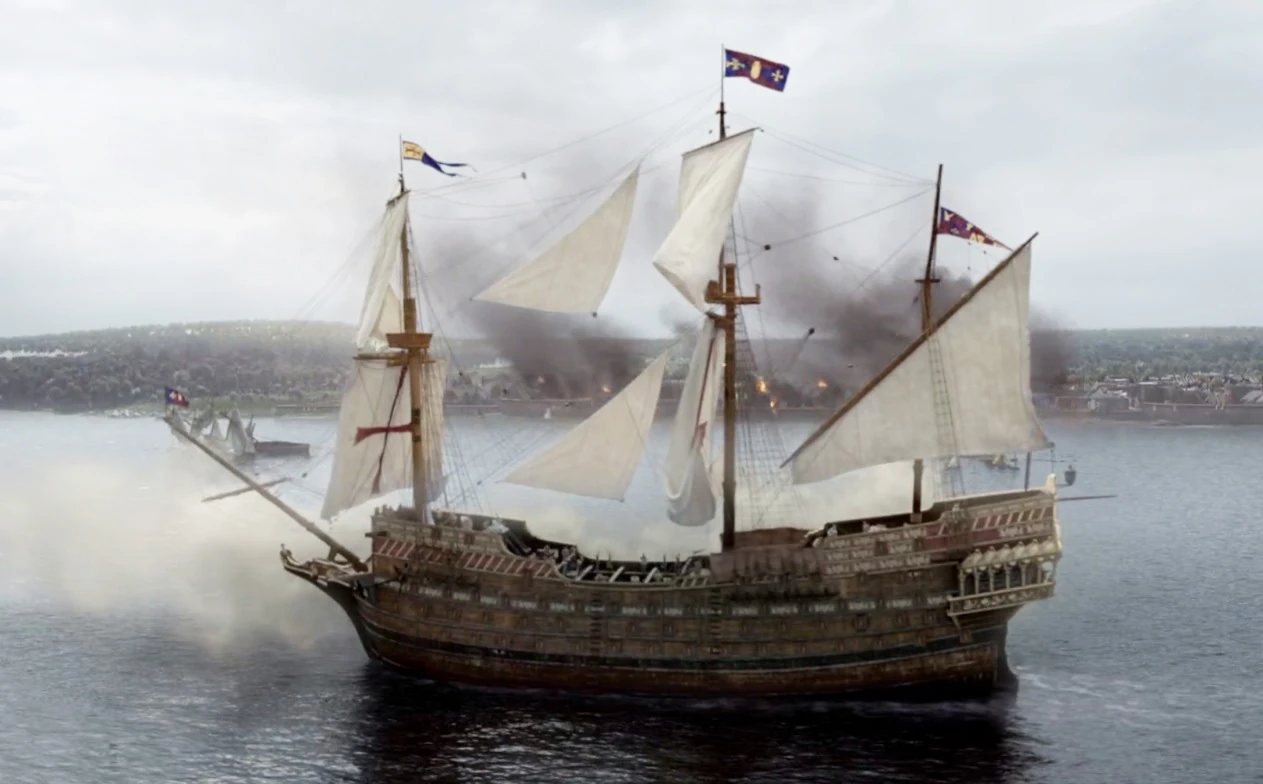
Man O' War Black Sails Wiki Fandom
The Man o' War is a species of siphonophore, a group of animals that are closely related to jellyfish . The Portuguese man o' war is recognized by its balloon-like float, which may be blue, violet, or pink and rises up to six inches above the water line. Image credit: Elizabeth Condon, National Science Foundation. The Portuguese man o.

Man O War Ships Passing in Open Sea Ship & Sail Pinterest Ships, Sailing ships and Boating
The Ship of the Line is the main battle ship of a Navy and the largest of the Man-O-Wars. It was ship rigged with three masts. Its guns were arranged on three gun decks. Depending on the time period Ships of the line carried between 32 and 144 guns arranged on three and sometimes four decks.

British Man 'O War Vintage Sea Nautical Sailing Ships and Etsy
A "Man 'o' War" was not a specific ship, but rather the general terminology used by the Royal Navy for a "Kings Ship", or a naval battle ship. This could refer to a sloop, frigate, or ship of the line, but was used to distinguish between a merchantman and a battle ship. Hence the slang for sailors on battle ships (man-o-wars-men).
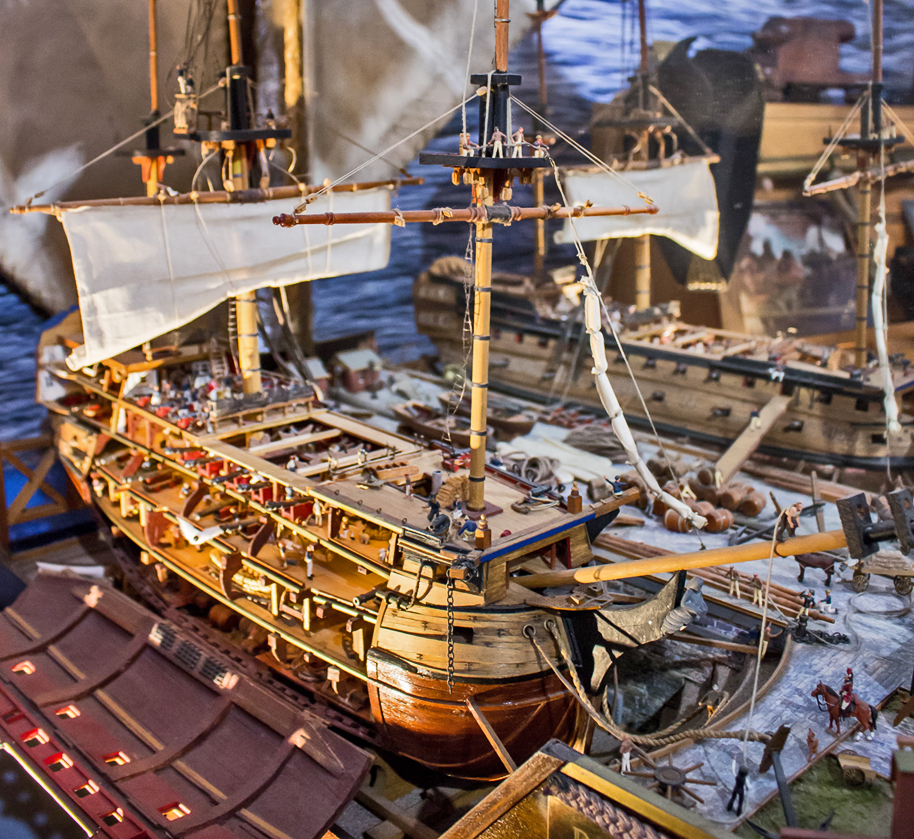
MAN’O’WAR Nautical History Gallery & Museum
HMS Centurion was a 60-gun fourth rate ship of the line of the Royal Navy, built at Portsmouth Dockyard by Joseph Allin the younger and launched on 6 January 1732. At the time of Centurion's construction, the 1719 Establishment dictated the dimensions of almost every ship being built. Owing to concerns over the relative sizes of British ships compared to their continental rivals, Centurion was.

Man O' War Vehicle in Iosis World Anvil
The Man-O-War is a naval ship that was designed for combat and not for merchant service. It was typically heavily armed and often avoided by the pirates. Of course sometimes such ship were used to transport treasure or acted as escort to merchant ships. Also the ships would be deployed strategically just beyond the horizon or in the shadow of.
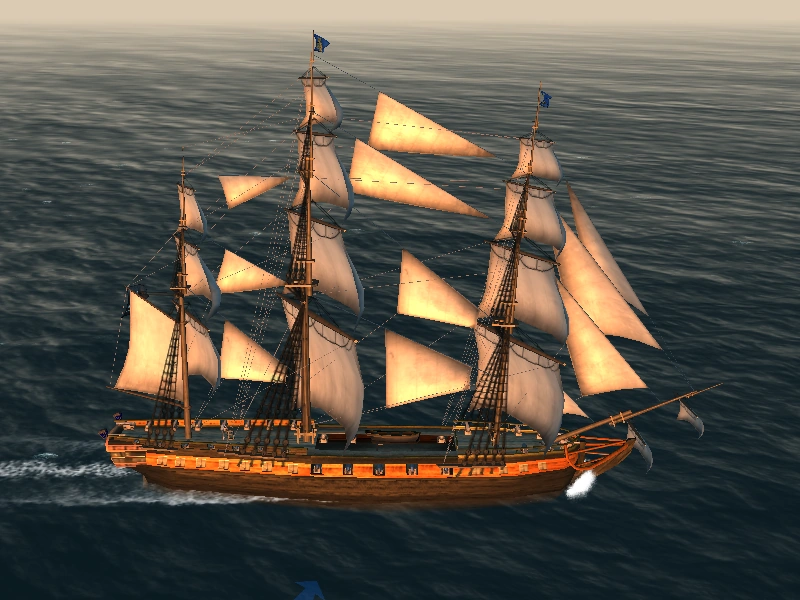
Man O'War The Pirate Caribbean Hunt Wikia FANDOM powered by Wikia
HMS. Victoria. (1859) HMS Victoria was the last British wooden first-rate three-decked ship of the line commissioned for sea service. With a displacement of 6,959 tons, she was the largest ever wooden battleship. She was also the world's largest warship until the completion of HMS Warrior, Britain's first ironclad battleship, in 1861.
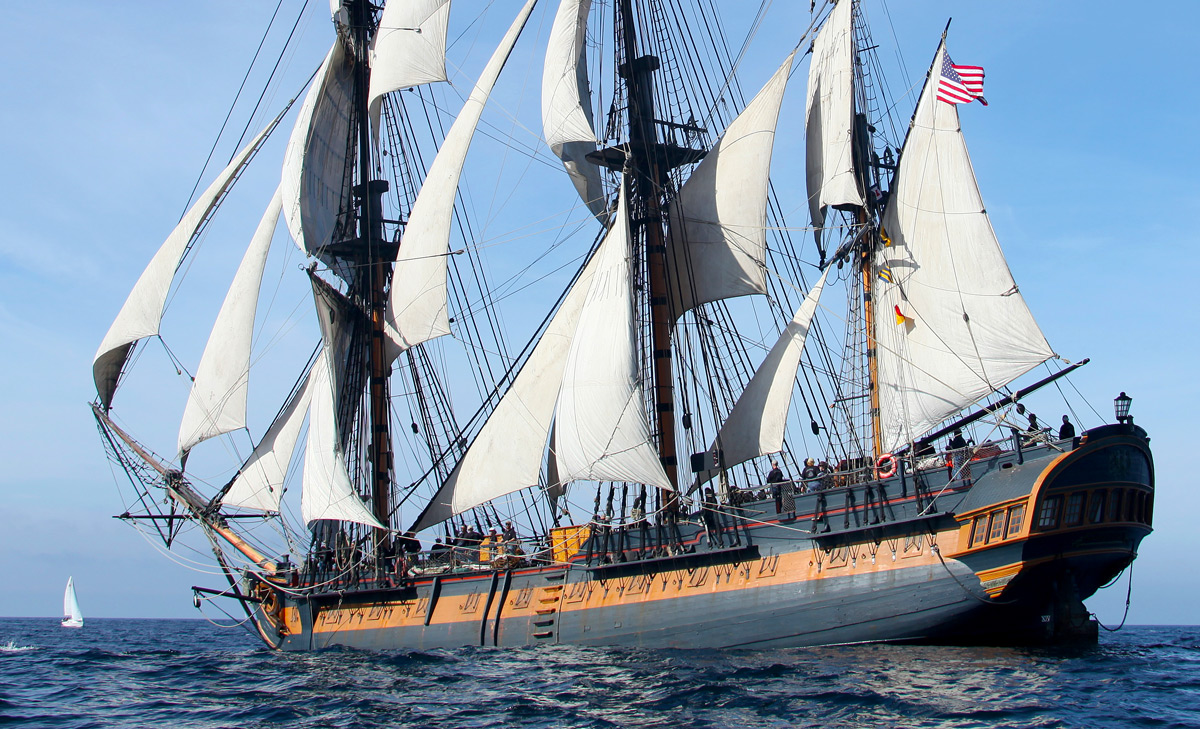
Man of War Adventures Aboard a Fighting Ship National Maritime Historical Society
The man-of-war (pl. men-of-war; also man of war, man-o'-war, man o' war, or simply man) was a British Royal Navy expression for a powerful warship or frigate from the 16th to the 19th century. The term often refers to a ship armed with cannon and propelled primarily by sails, as opposed to a galley which is propelled primarily by oars. The man-of-war was developed in England in the early 16th.